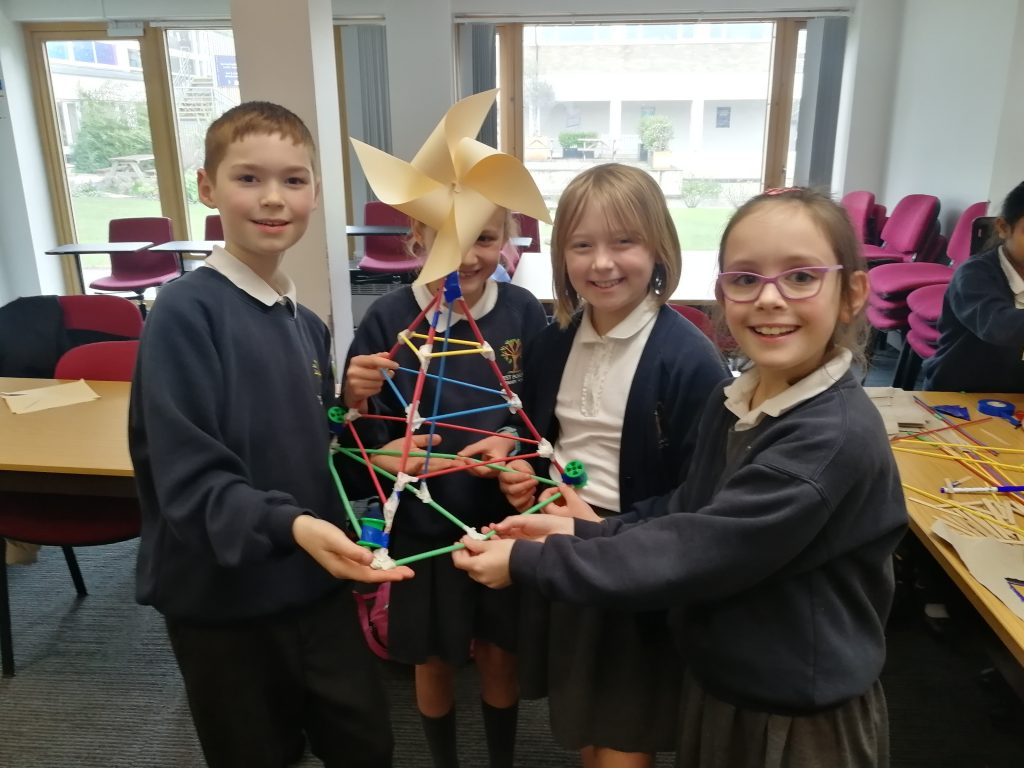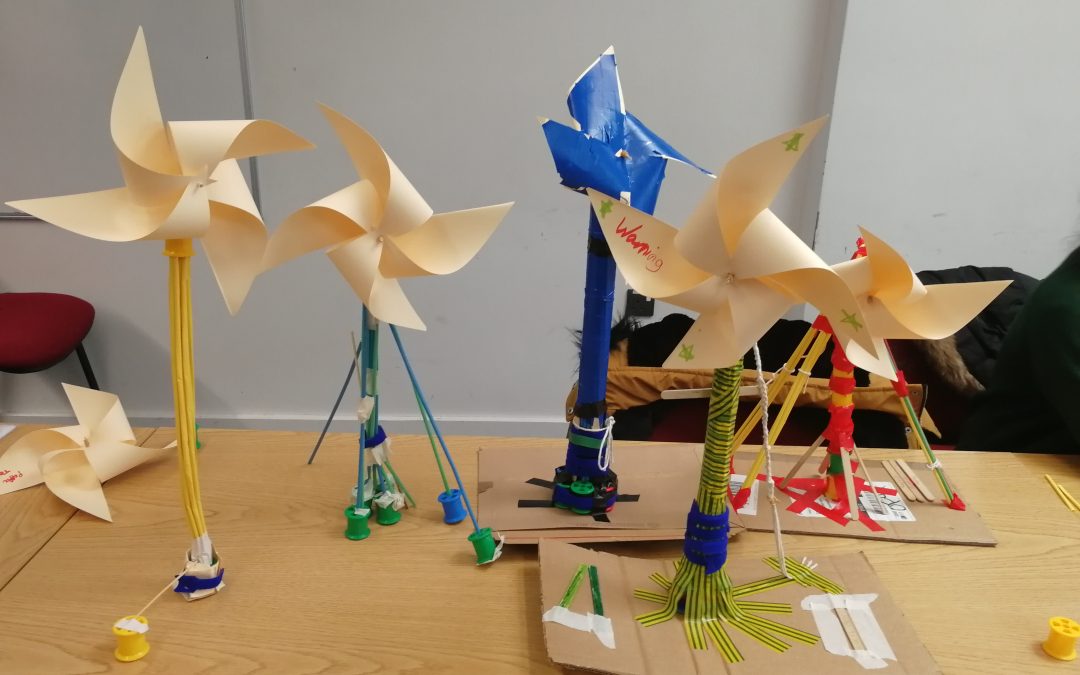As a part of Science Week, the LASAR team ran an event on the 10th March Sustainability and Engineering of the Future. As usual it attracted a number of children from local schools and they enjoyed the wide offer of a specialist engineering lecture delivered by Dr Anne Nortcliffe, Founding Head of School of Engineering, Technology and Design and a variety of workshops delivered by LASAR team members, exploring how we adapt to our changing world, what makes a ship unsinkable or whether a robot can cope with failure.
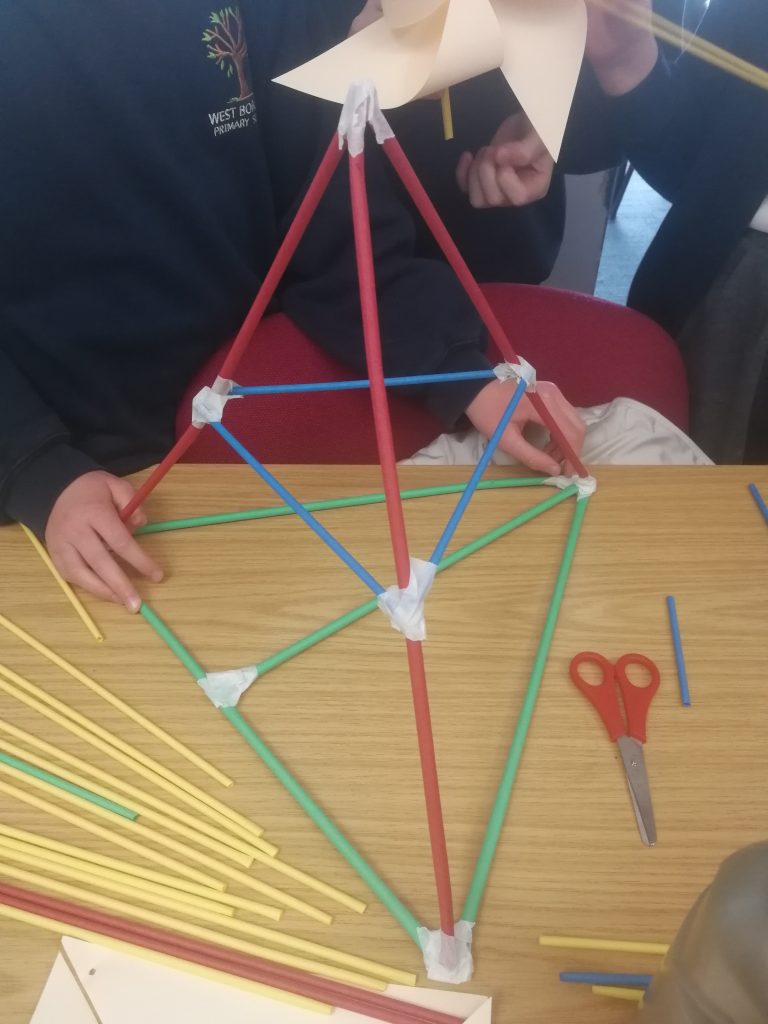
I had the pleasure of running a workshop called: ‘How can we power the future’. I had three groups, mostly Year 4 and 5 children.
The children were very enthusiastic, open and willing to learn. They happily engaged in the interactive workshop from the start. We discussed different ways to approach big questions, using a picture of a big elephant to show that different lenses (disciplines) enrich answers providing a big picture. They eagerly became scholars and engineers for a day exploring our big question through variety of disciplines and learning to appreciate a need for specialist knowledge and disciplines’ limitations.
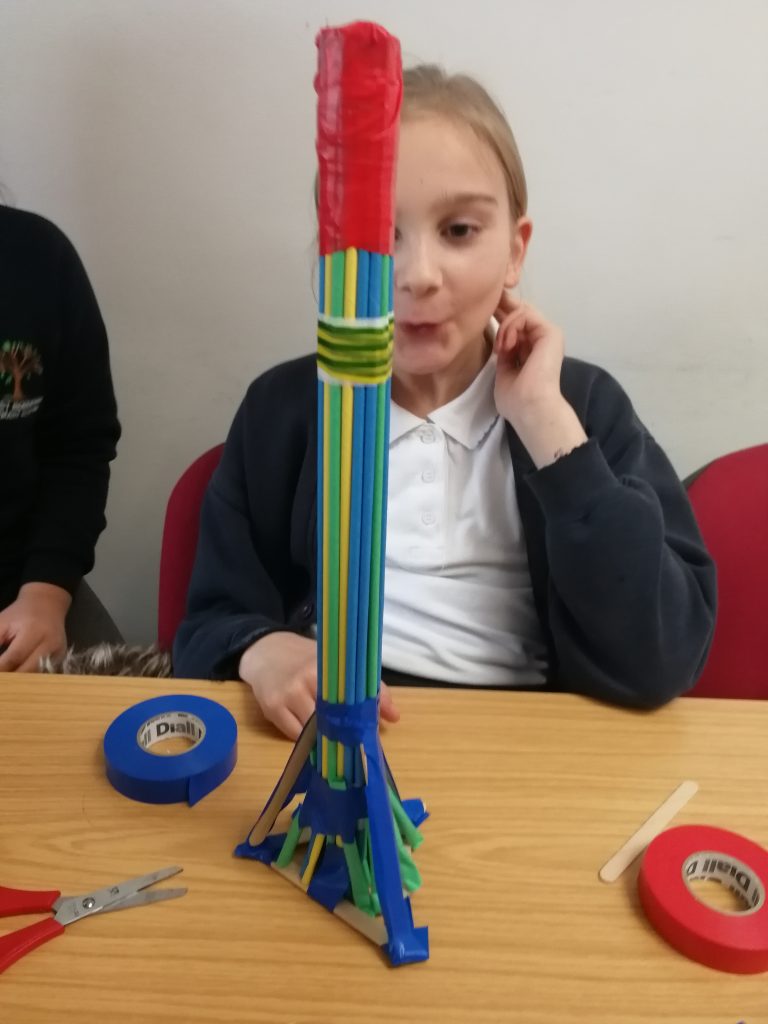
Our big question was: What is the best way to increase the amount of wind power?
The children started from thinking of what disciplines could answer this big question and came with engineering, maths, physics, geography, politics and sociology. I was very impressed with their insight and engagement!
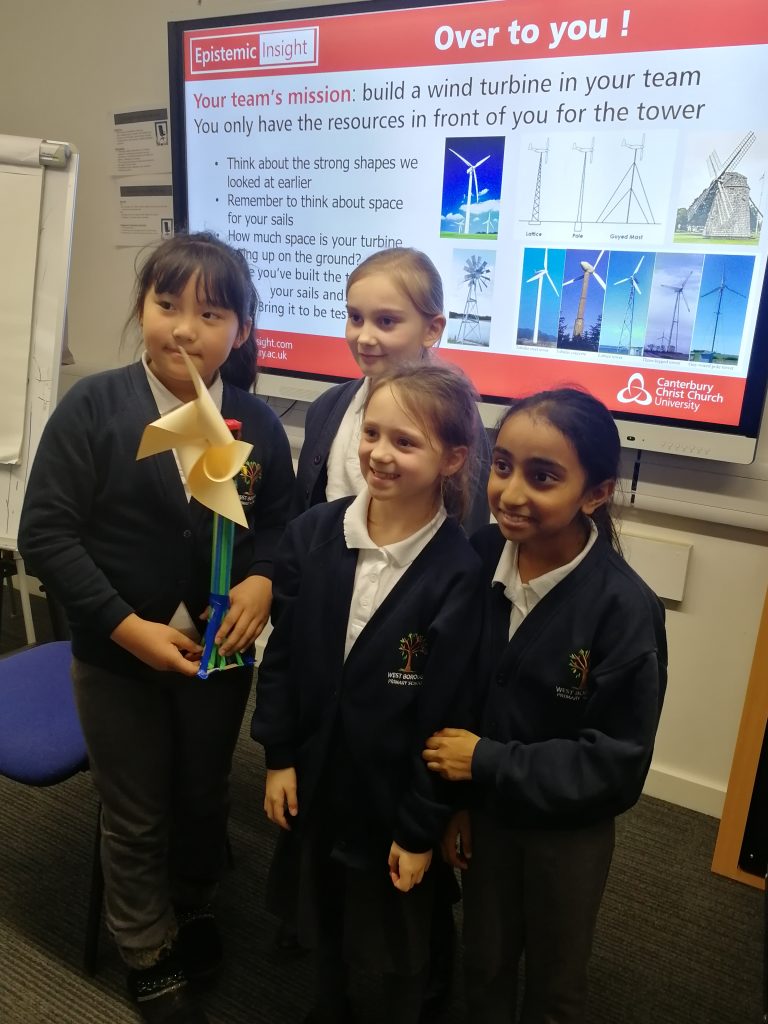
We then broke our big questions into small ones – what do we need to produce energy from wind? What do we need to consider when building wind turbines?
We explored the shape – a tapered cylinder as a stronger base to lower the centre of gravity and dispersing forces was the winner. We discussed building materials, using the children’s engineering and physics knowledge, best location for wind farms using geography and the theGlobal Wind atlas, which the children enjoyed. We also discussed aspects such as building wind farms in pretty places.
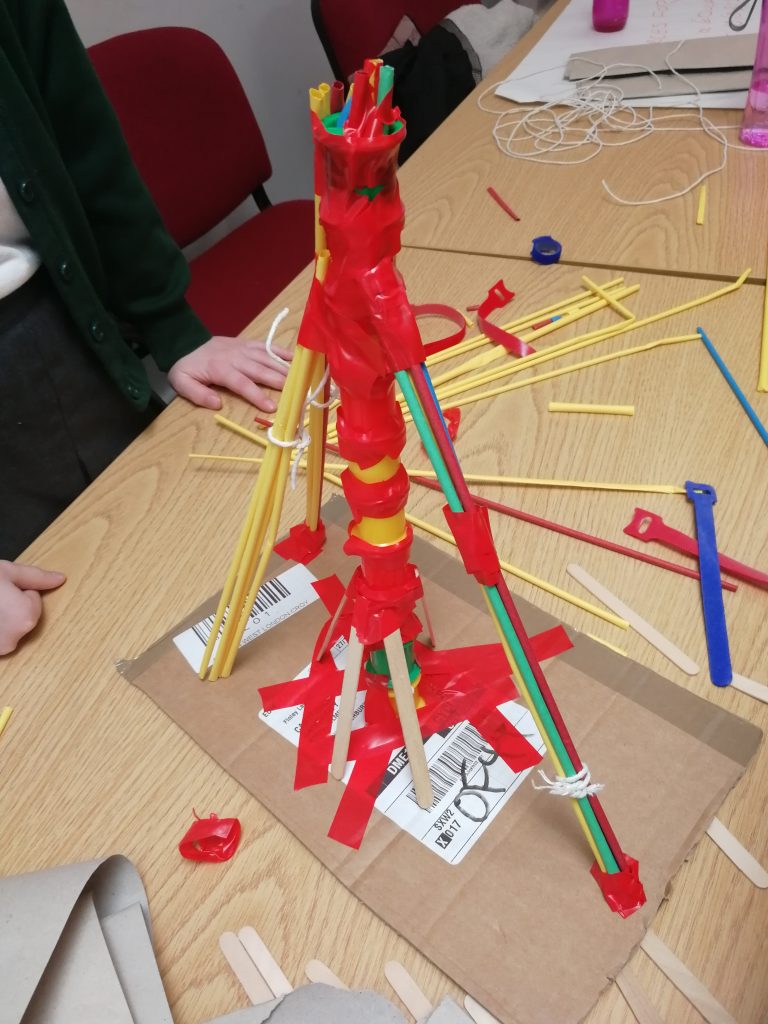
At the end, the children embarked on a mission to build their own turbines – taking into account everything they had learnt and ensuring that the turbine they built was strong enough to withstand strong winds. They built some impressive structures, which got tested at the end – all of them passed the test beautifully! While they carried on building, they also used their newly acquired epistemic insightful way of researching and planning. Not only did they consider sustainable and efficient ways of building the turbines, various lenses to explore social, geographical, scientific and ecological aspects were applied as well.
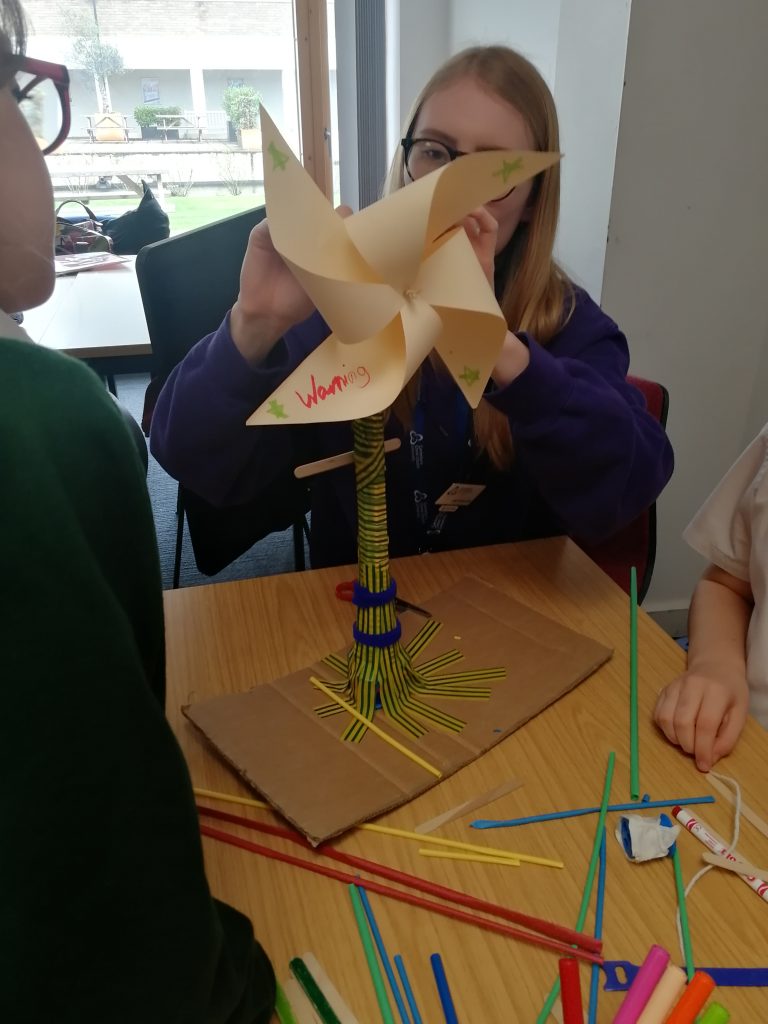
It was so refreshing to see a big group of enthusiastic and buddying scholars and engineers for one day, we need to find ways to sustain and nurture their thirst for learning, creativity and enthusiasm, and ensure it is not destroyed by compartmentalised teaching.
